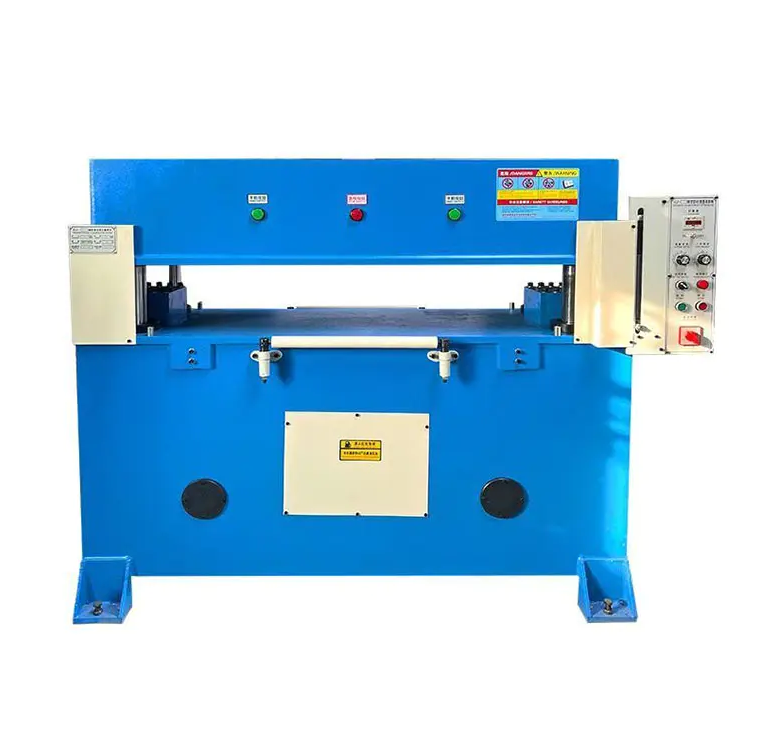Energy Consumption Analysis of Non-Woven Fiber Wheel Production Equipment

In the realm of industrial manufacturing, the Non-Woven Fiber Wheel Production Equipment stands as a critical component in the production of non-woven fabric wheels, which are essential for polishing and finishing applications across a broad spectrum of industries. The energy consumption of these machines is a significant factor that influences their operational costs and environmental footprint. This article delves into the energy efficiency and consumption patterns of Non-Woven Fiber Wheel Production Equipment, examining the various factors that contribute to their energy usage.
The energy consumption of Non-Woven Fiber Wheel Production Equipment can be attributed to several key operational components. The primary energy-consuming aspect is the motor that drives the machinery. These motors are responsible for the rotation of the wheels, which is the core function of the equipment. The power requirement for these motors can vary depending on the size of the wheel being produced and the material being used. Larger wheels and more dense materials typically require more energy to process.
Another significant factor in the energy consumption of Non-Woven Fiber Wheel Production Equipment is the heating and cooling systems. These systems are essential for maintaining the optimal temperature during the production process, which can vary depending on the type of non-woven material being used. The energy required for heating and cooling can be substantial, especially in large-scale operations where maintaining a consistent temperature is crucial for quality control.
The efficiency of the Non-Woven Fiber Wheel Production Equipment also plays a role in energy consumption. Modern equipment often incorporates energy-saving technologies such as variable frequency drives (VFDs) for the motors, which can significantly reduce energy use by adjusting the motor speed according to the production demands. Additionally, energy-efficient designs that minimize heat loss and optimize the use of resources can also contribute to lower energy consumption.
The materials used in the production of non-woven fiber wheels also have an impact on the energy consumption of the equipment. Synthetic fibers, for instance, may require higher energy input during processing compared to natural fibers due to their different thermal properties. The choice of material can also influence the need for additional processes such as bonding or adhesive application, which can add to the overall energy usage.
Maintenance and proper operation of the Non-Woven Fiber Wheel Production Equipment are also critical in managing energy consumption. Regular maintenance ensures that the machinery operates at peak efficiency, reducing energy wastage due to friction or other inefficiencies. Operators should be trained to monitor the equipment's performance and adjust settings as needed to optimize energy use.
The environmental impact of energy consumption by Non-Woven Fiber Wheel Production Equipment is a growing concern. Manufacturers are increasingly seeking ways to reduce the carbon footprint of their operations, which includes investing in more energy-efficient equipment and practices. This can involve the use of renewable energy sources, energy recovery systems, and the implementation of energy management systems that monitor and control energy usage.
In conclusion, the energy consumption of Non-Woven Fiber Wheel Production Equipment is a multifaceted issue that involves the interplay of various factors, including the equipment's design, the materials used, operational efficiency, and the environmental implications. By understanding these factors, manufacturers can make informed decisions to reduce energy consumption, lower operational costs, and contribute to a more sustainable manufacturing process. The ongoing development of energy-efficient technologies and practices will play a crucial role in shaping the future of Non-Woven Fiber Wheel Production Equipment and its impact on the environment.
A nonwoven bonding machine is a highly specialized piece of equipment designed to apply adhesive and sand to nonwoven fabrics in a controlled and efficient manner. These machines are vital to every industry that uses nonwoven materials. By automating the bonding and gluing process, they help ensure adhesive consistency, high production speeds, and reduced material waste.
- Questions and Answers
- Opinion
- Motivational and Inspiring Story
- Technology
- Live and Let live
- Focus
- Geopolitics
- Military-Arms/Equipment
- Sicurezza
- Economy
- Beasts of Nations
- Machine Tools-The “Mother Industry”
- Art
- Causes
- Crafts
- Dance
- Drinks
- Film/Movie
- Fitness
- Food
- Giochi
- Gardening
- Health
- Home
- Literature
- Music
- Networking
- Altre informazioni
- Party
- Religion
- Shopping
- Sports
- Theater
- Health and Wellness
- News
- Culture

